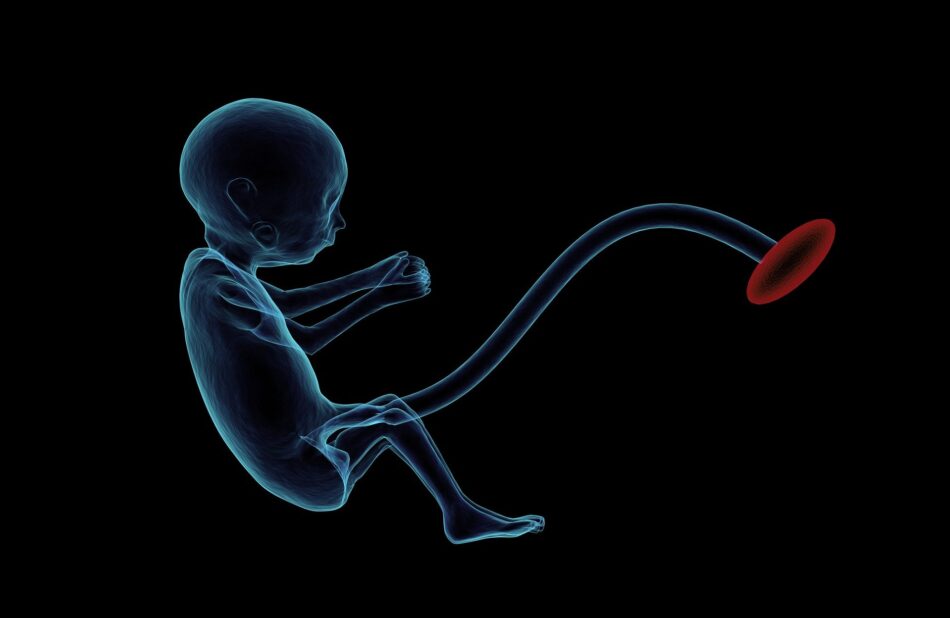A human body carrying a life in its womb is nothing but a miracle. There is an interface that connects the baby and the mother, known as the placenta. The placenta is crucial to keeping your baby alive and well during pregnancy. Through this organ, all the nutrients and oxygen are passed to the baby […]
A human body carrying a life in its womb is nothing but a miracle. There is an interface that connects the baby and the mother, known as the placenta. The placenta is crucial to keeping your baby alive and well during pregnancy. Through this organ, all the nutrients and oxygen are passed to the baby that acts as a lining of the womb. The placenta develops during pregnancy time that is attached to the wall of the uterus.
It is a disk-shaped organ that connects a link between mother and foetus. The function of placenta is vast as it provides many things that are needed for the foetus. Here is some detailed explanation about the placenta, its role and other important things during pregnancy.
Placenta structure and function
The life-supporting system of the baby is the placenta that is a disc-shaped organ. The umbilical cord connects the placenta to your baby. It is expelled from the body after birth. The placenta weighs almost 500 g, has a diameter of 15–20 cm, a thickness of 2–3 cm. The main functions are:
Gas exchange
The placenta helps transport oxygen and carbon dioxide to and from the fetus developing in the womb. In the presence of foetal haemoglobin, the oxygen is transferred from the mother to the foetus. By passive diffusion, the carbon dioxide passes through the placenta.
Metabolic transfer
Metabolic transfer means glucose, amino acids, fatty acids and vitamins intake of the foetus. Glucose is transferred in passive diffusion to meet the requirement. For the foetal protein synthesis, amino acids are transferred from mother to foetus by active transport. Fatty acids and glycerol are transferred from mother to foetus mainly by simple diffusion and the use of fatty acid-binding proteins.
Endocrine function
The placenta is an endocrine organ which produces numerous hormones like steroid and peptides.
- Human chorionic gonadotropin (HCG) is a glycoprotein hormone that stimulates the corpus luteum to secrete progesterone required to maintain the viability of the pregnancy.
- The human growth hormone variant stimulates maternal gluconeogenesis and lipolysis that assures nutrient processing.
- Progesterone is essential in uterine contractions, and oestrogens stimulate uterine growth and development of the mammary glands.
Elimination of waste
The baby placenta is responsible for the removal of the waste produced in their body. The carbon dioxide that builds up in the baby, which is not necessary, is then passed through the mothers’ blood by the placenta.
Immunisation during pregnancy
There are many chances of infections that can happen during the period of pregnancy. Therefore, immunisation is vital for pregnant women to protect themselves from those infections. What is immunisation? Immunisation is the process of giving a vaccine to a person to protect them against disease. It can also directly protect the foetus and infant during the pregnancy by transferring specific antibodies from the mother.
This is crucial for the life of the baby and the mother during a few months of growth until he/she gets his vaccination. Vaccination also protects mothers from getting a severe disease that could affect future pregnancies.
Conclusion
The placenta is one of the crucial organs that is present at the time of pregnancy. It provides necessary nutrients and oxygen supply to the baby inside the womb. It is attached to the side or top wall of the uterus. Throughout the pregnancy, the shape of the placenta changes and grows. So whatever the mother eats will react to the baby through the placenta. Having healthy food for the baby is therefore so important.






